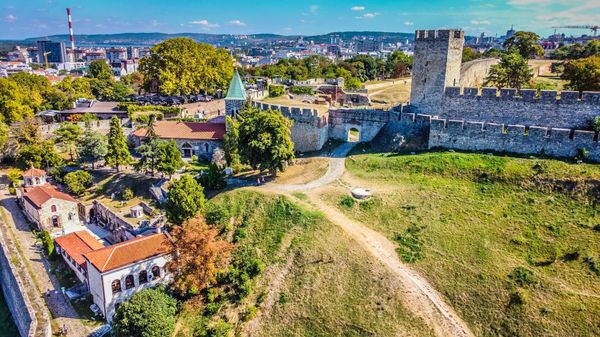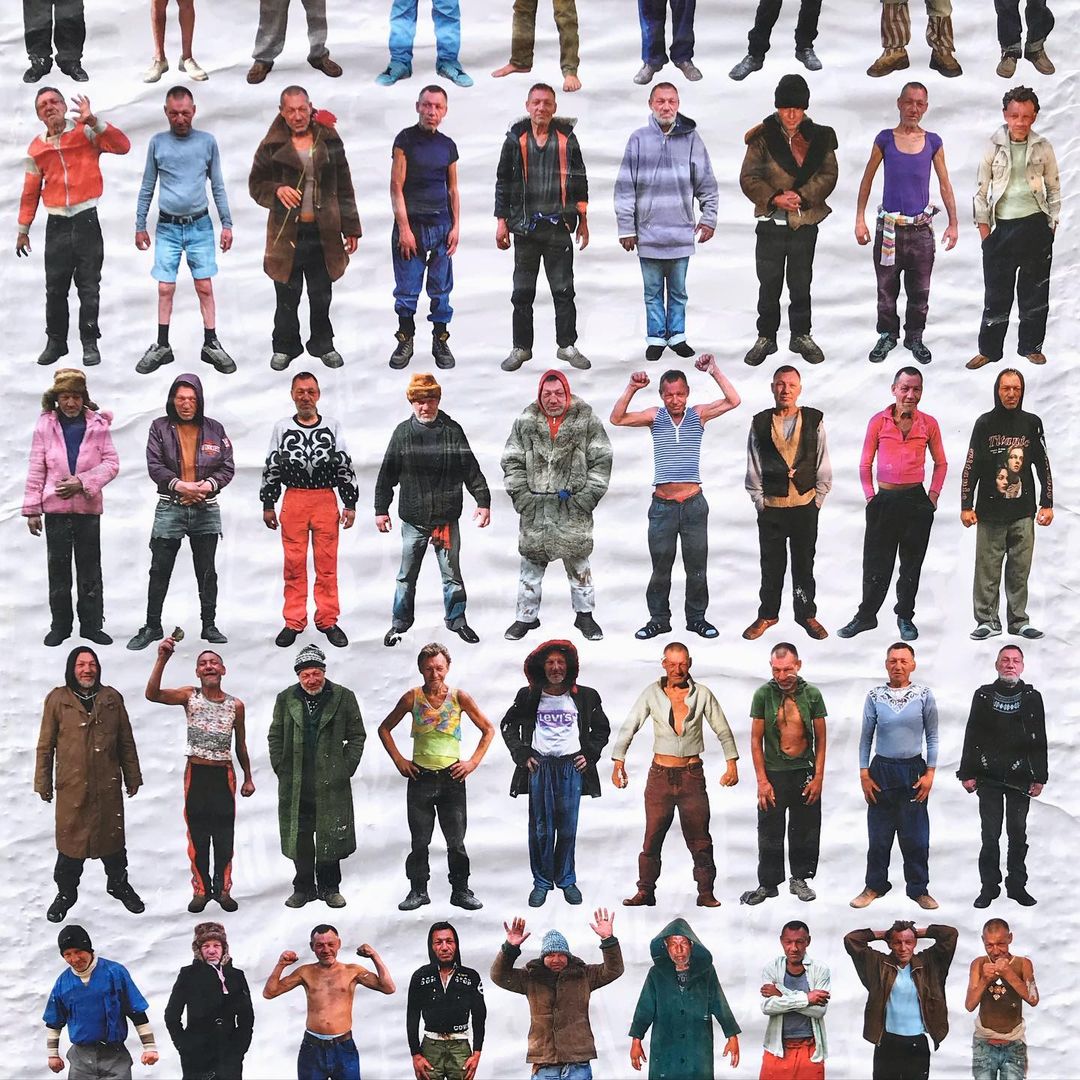Fashion is not just a noble pursuit; it is a philosophy of life. At least that’s the conclusion we can draw after learning the story of Lviv’s oddball, Slavik. The trend-conscious homeless man’s daily outfits were captured and cataloged by Ukrainian photographer Yurko Dyachyshyn, and today more than 18,000 people follow the urban legend of Slavik’s Fashion.
“All my work and my time are bound up with the center of Lviv, which, like other cities, is a magnet for everyone. So many people, events, and various eccentrics dominate this part of the city—among the latter belonged Slavik. I’d noticed him long ago when I passed him on the street, but I didn’t understand what kind of a person he was. I had just finished a long-term project called His Dreams about a similar ‘freak’ called Andrew, so I didn’t want to rush into anything new. Later I noticed that Slavik changes his clothes daily, so I decided to collect his fashionable outfits in a photo series,” says Yurko about how the project was launched. Slavik’s Fashion includes 100 different portraits shot over two years, from 2011 to 2013. Sadly, Slavik disappeared from the streets of Lviv in early 2013, before the project could gain much popularity. Although it wasn’t always easy to get a portrait of him and communication was often difficult, the fashionable hobo eventually got so used to Yurko that he sought him out himself from time to time. Sometimes, when the photographer went out on business, he would hear Slavik’s voice behind him: “Hey, buddy, where you been? I’ve been looking for you on the street for two days.”
Despite the adversity, the 55-year-old Slavik’s personality was groundbreaking, most notably reflected in his dress. As a street-dwelling Roma, he did not conform to the often half-removed stereotypes, for he was direct but not distracting. Slavik’s lifestyle was outstanding, he didn’t carry bags, he didn’t talk to other homeless people, he preferred to wander freely on the city streets with a lit cigarette in his hand. He always looked as if he was going for an afternoon stroll into town to drink beer and show off his new acquisitions on the “street catwalk”. He almost never wore the same clothes, and in addition to changing his clothes every day (sometimes twice a day!) he regularly changed his hairdo and beard. He liked to pose for pictures, which Yurko says is important to mention because there was a conscious concept behind his outfits. It was his constant means of self-expression, so when someone pointed it out, he was pleased and happy. “Several times, I would print out a photo of him, which he was very excited about,” the artist recalls fondly. Although he called himself homeless, he had a secret hiding place that he never shared with others.
Whether it was a Titanic merchandise hoodie or a slouchy jacket, Slavik wore his clothes with confidence unparalleled on the fashion scene.

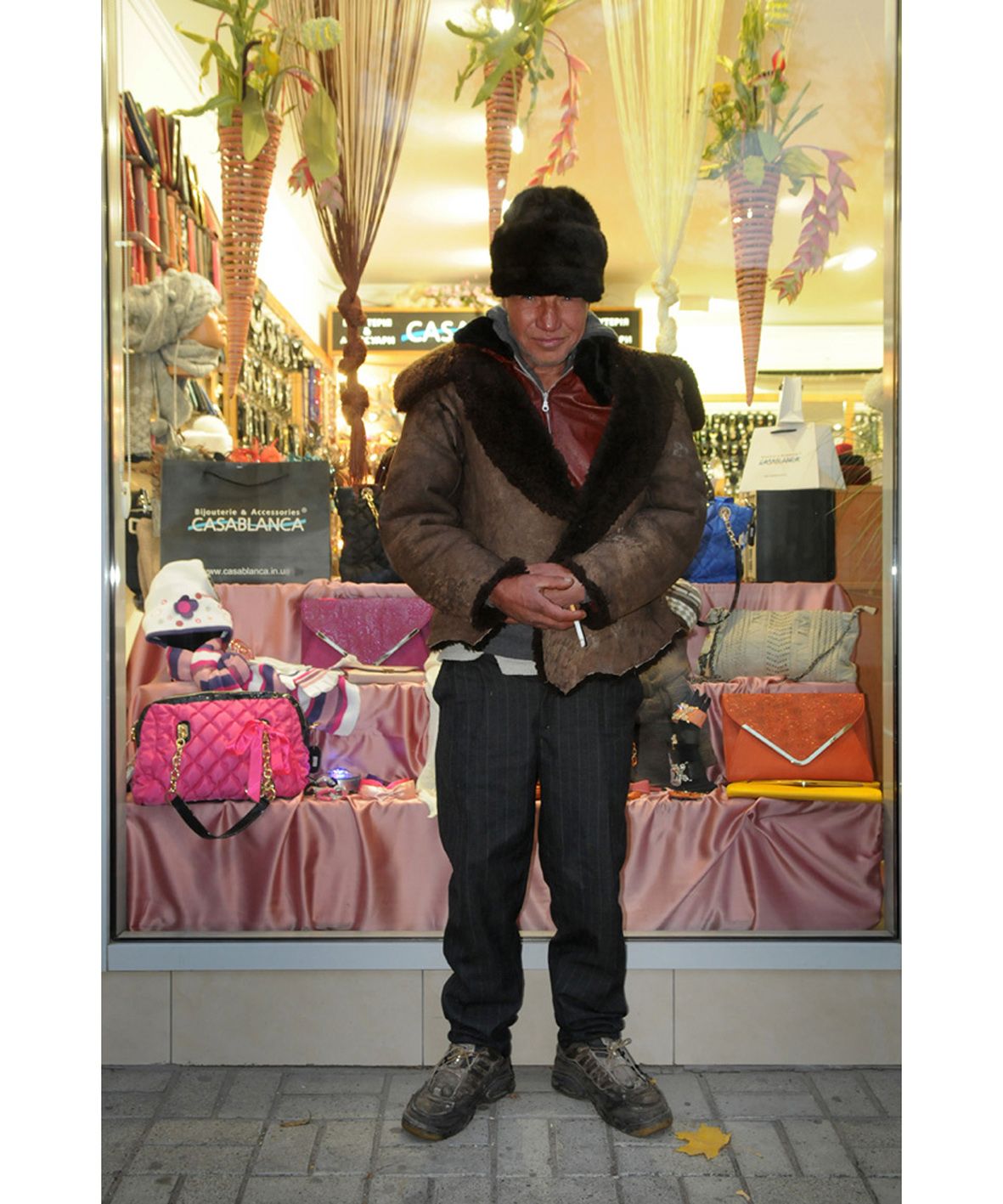
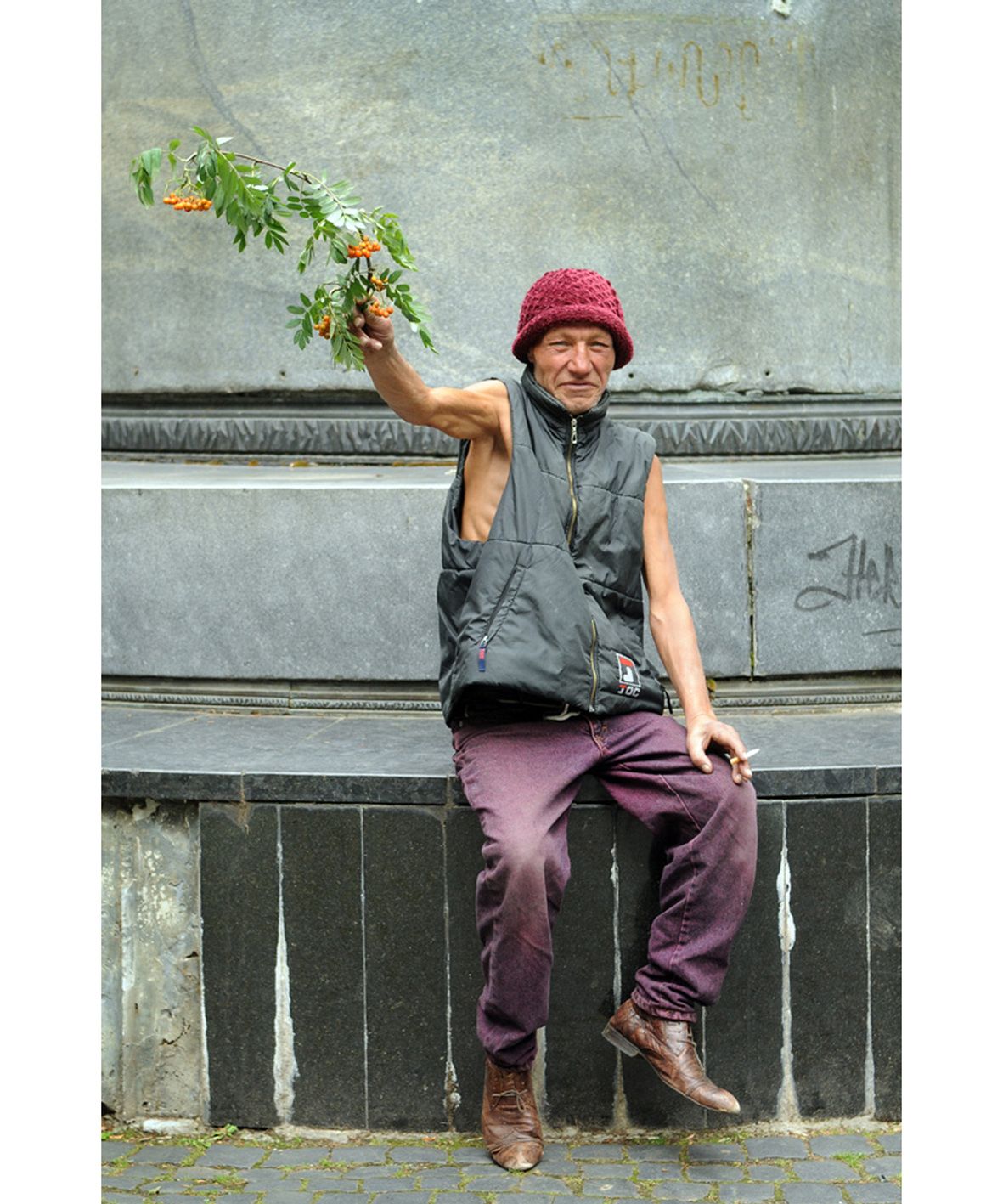
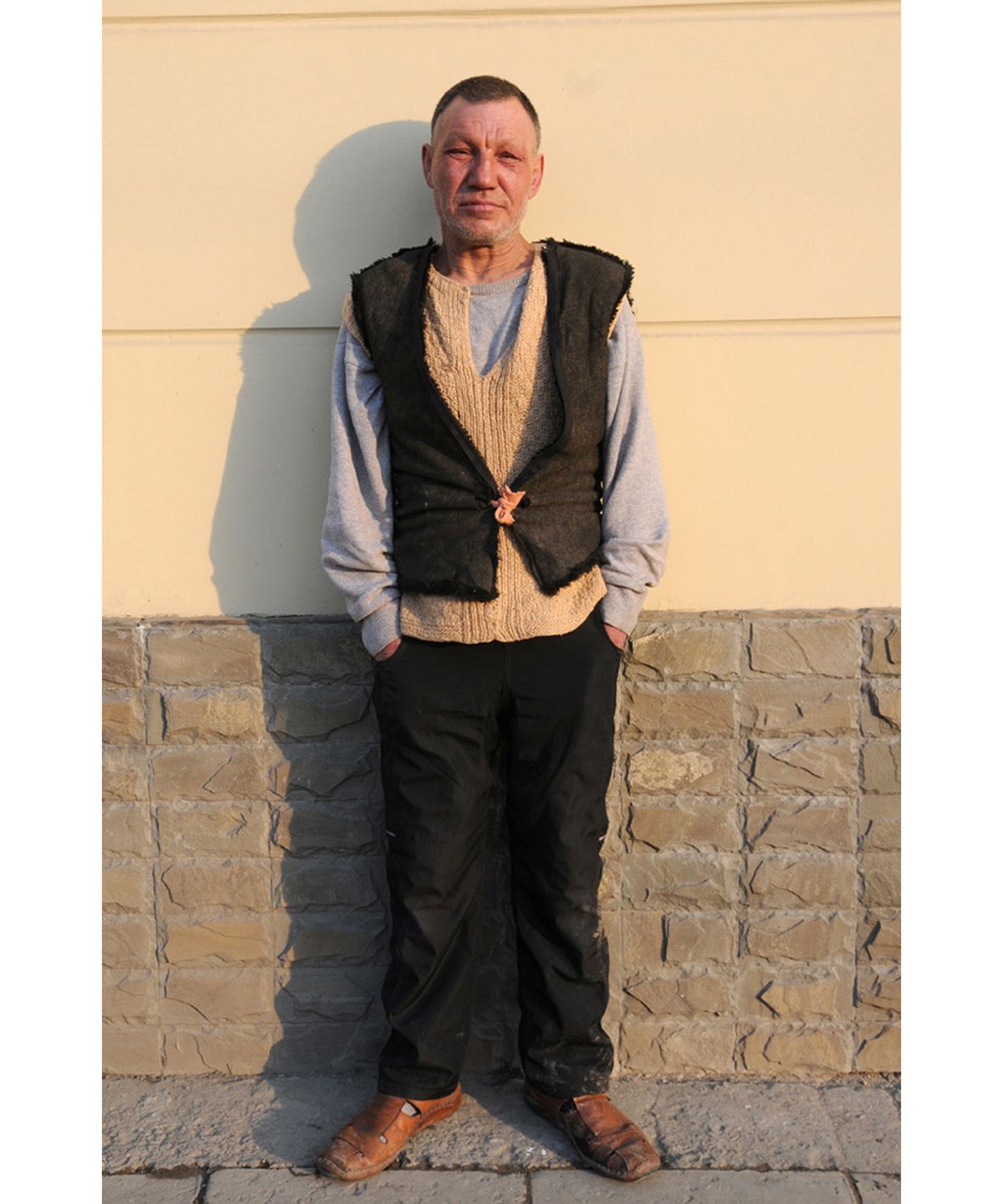
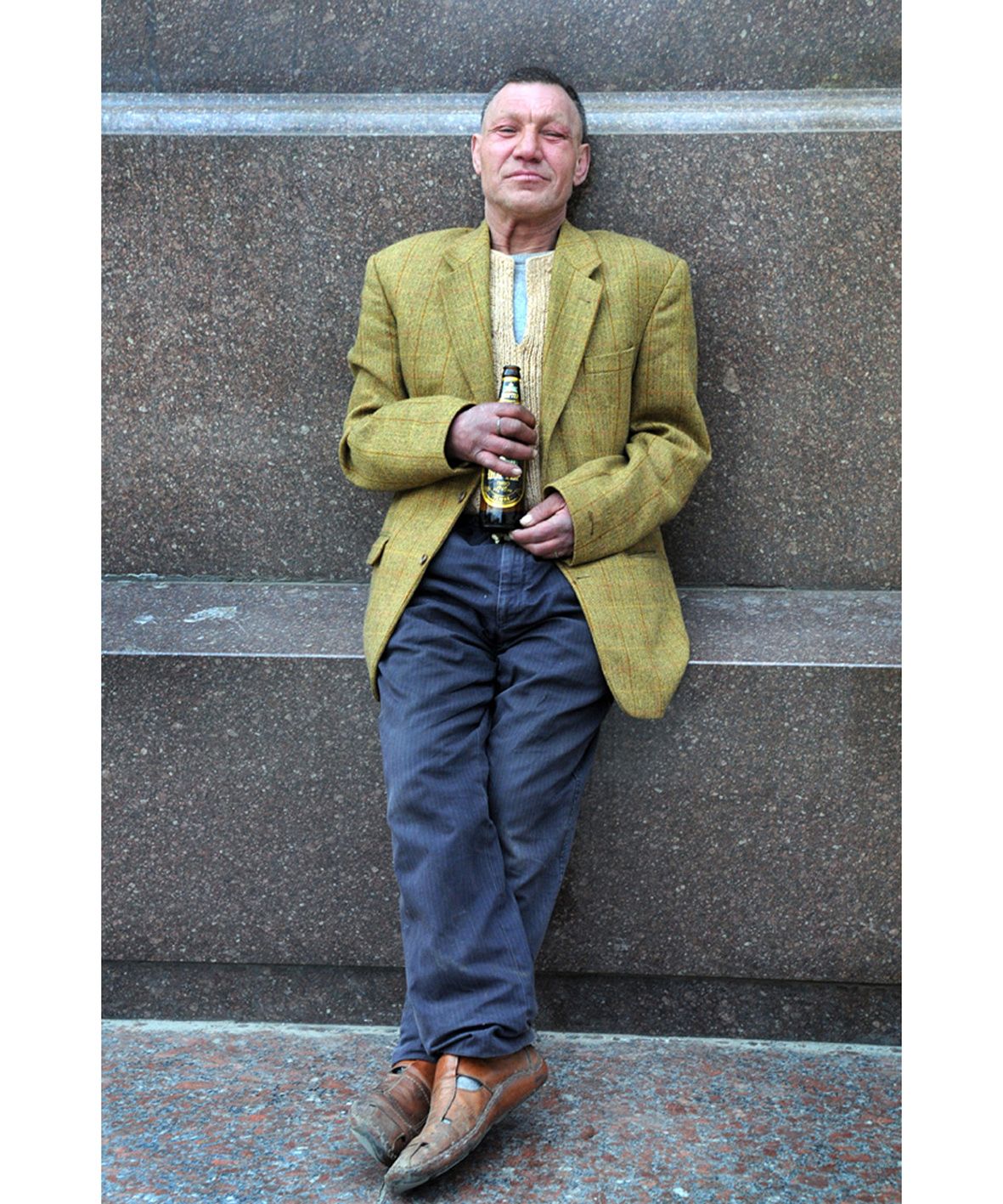
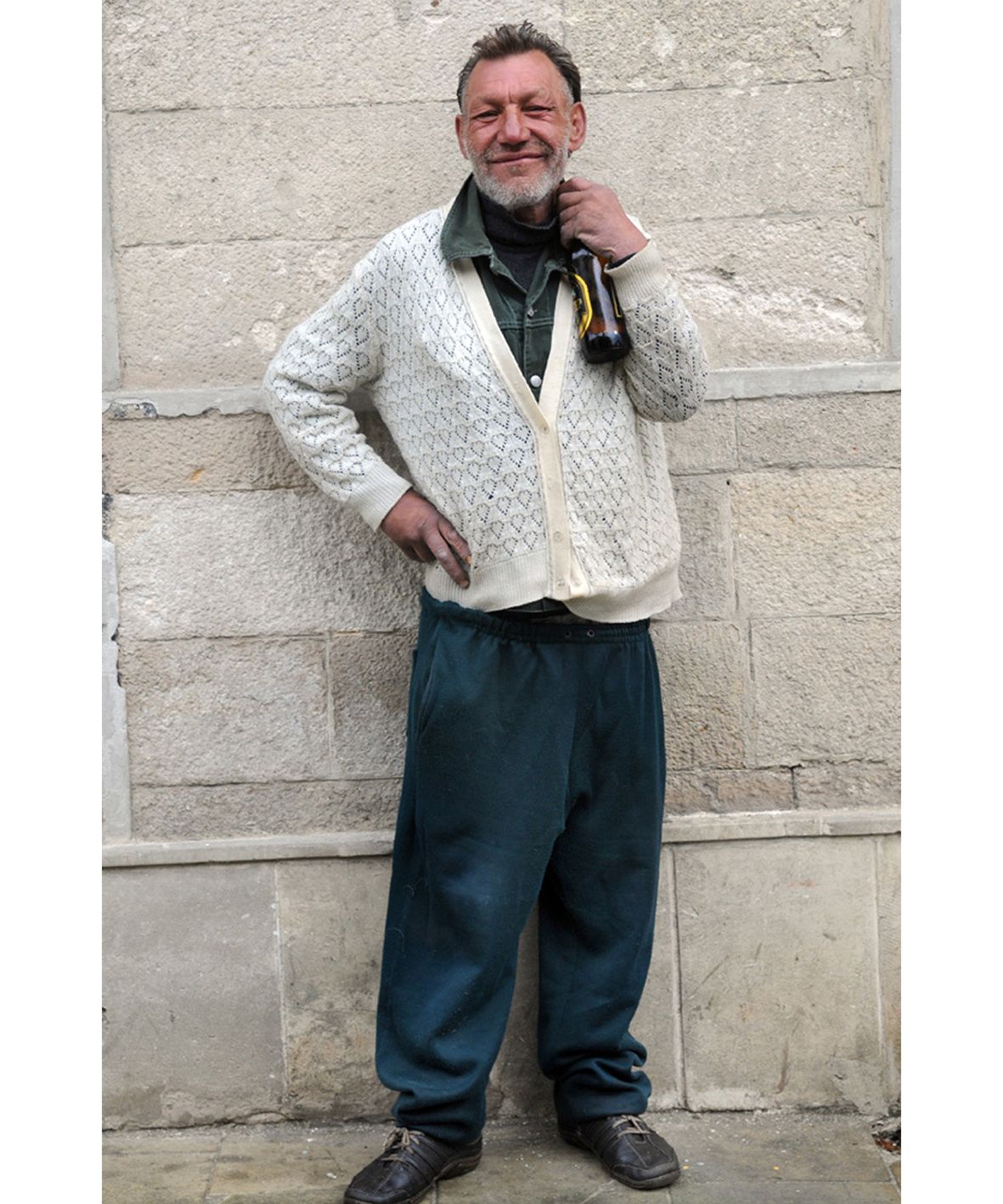
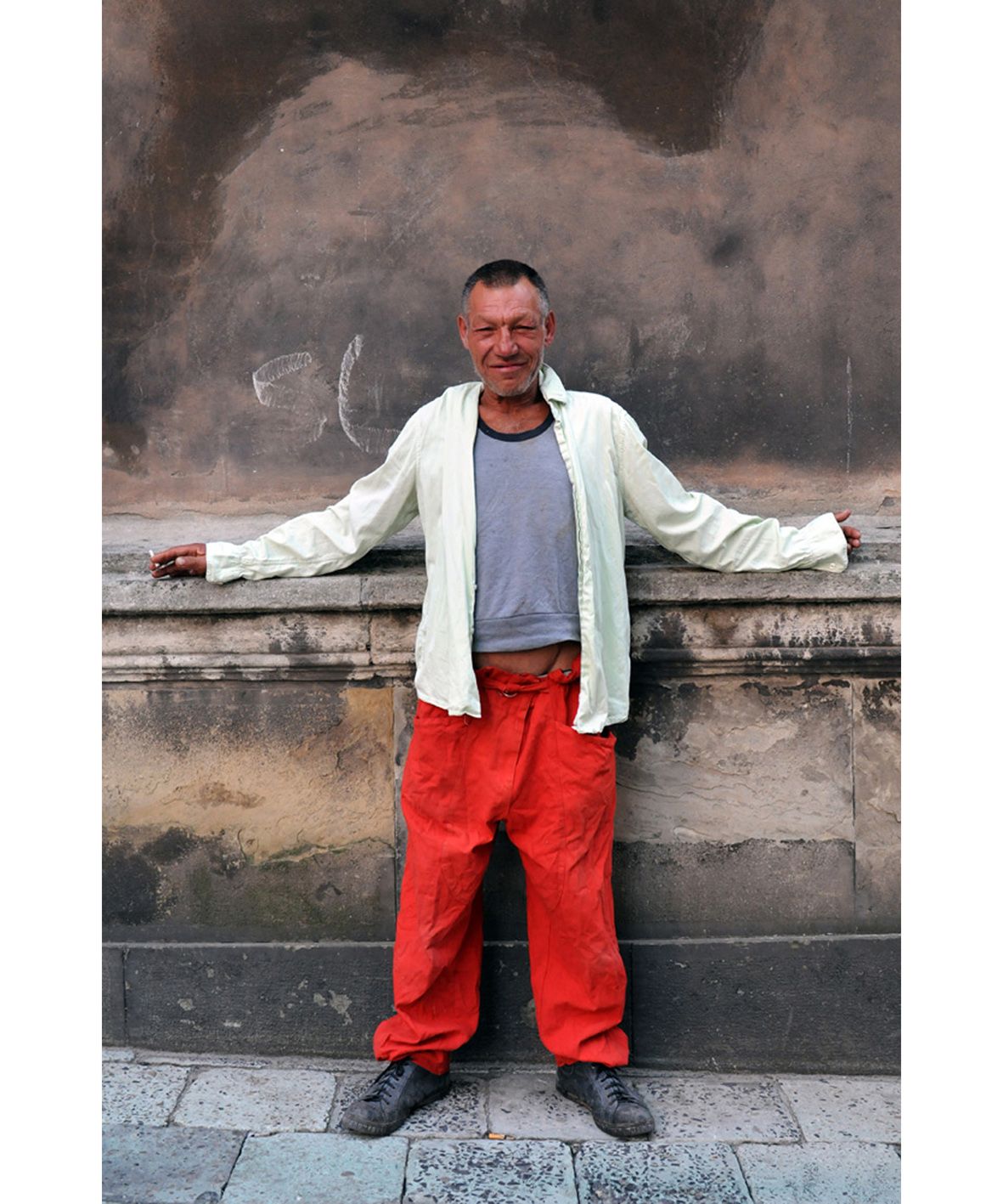
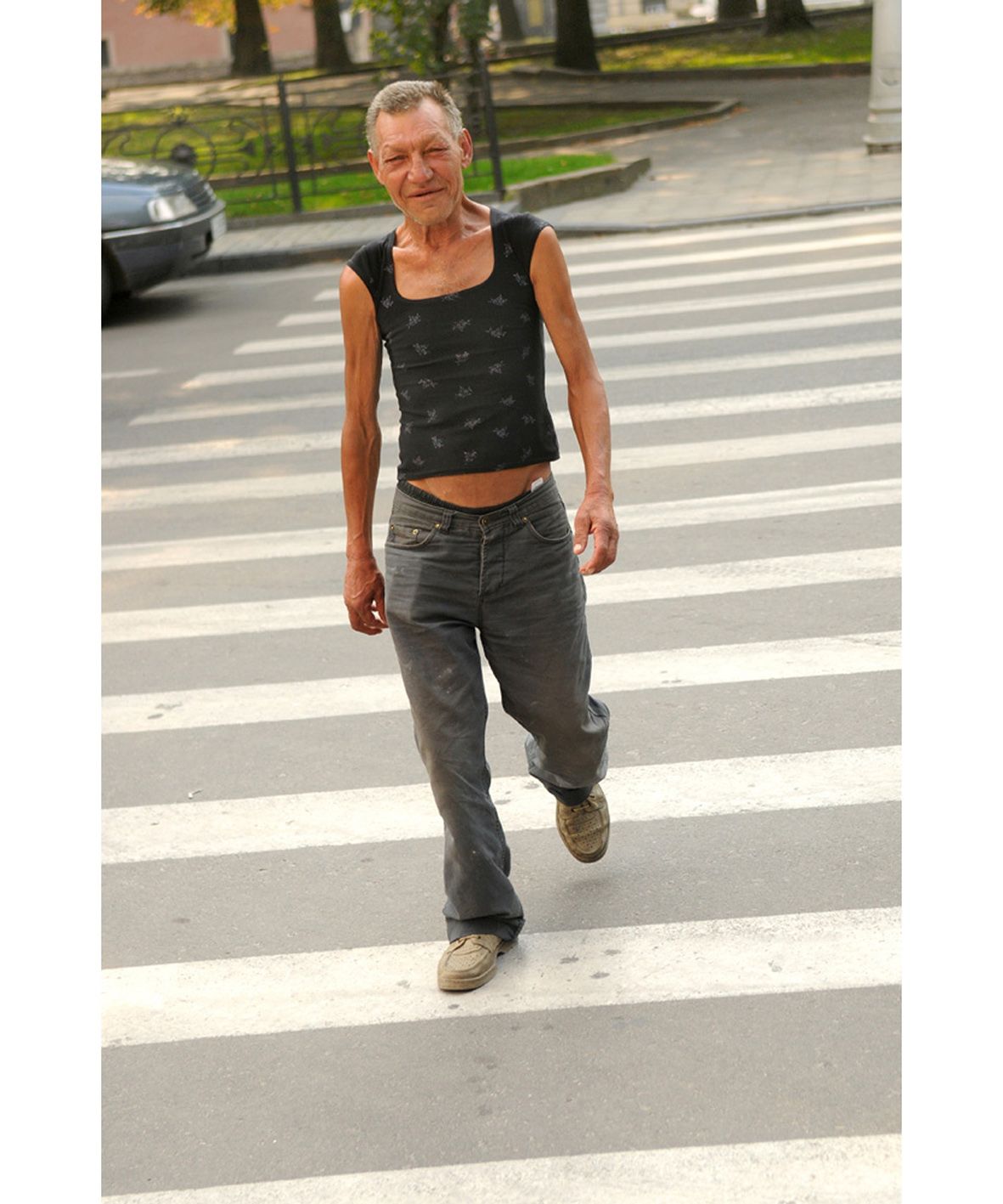
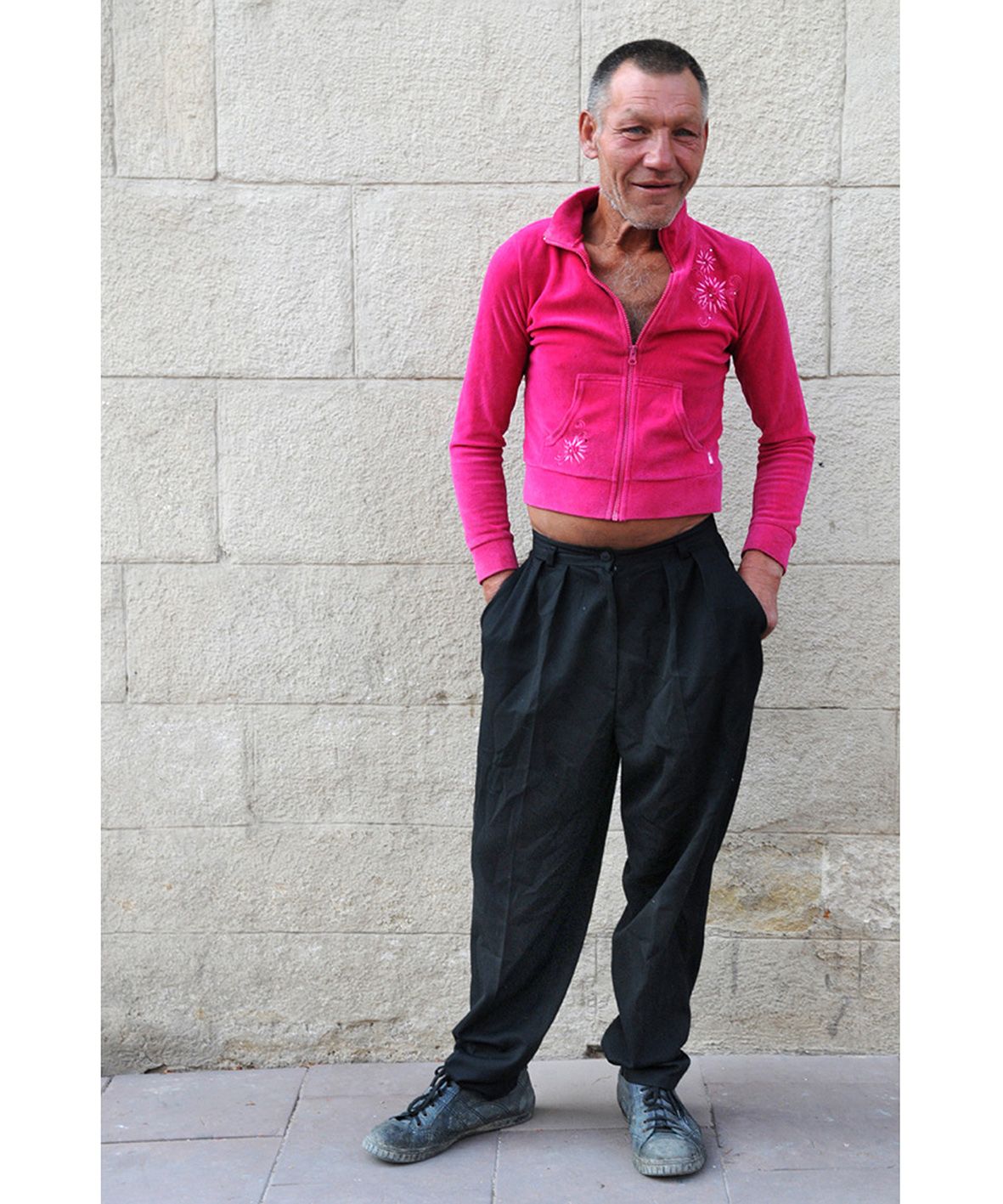
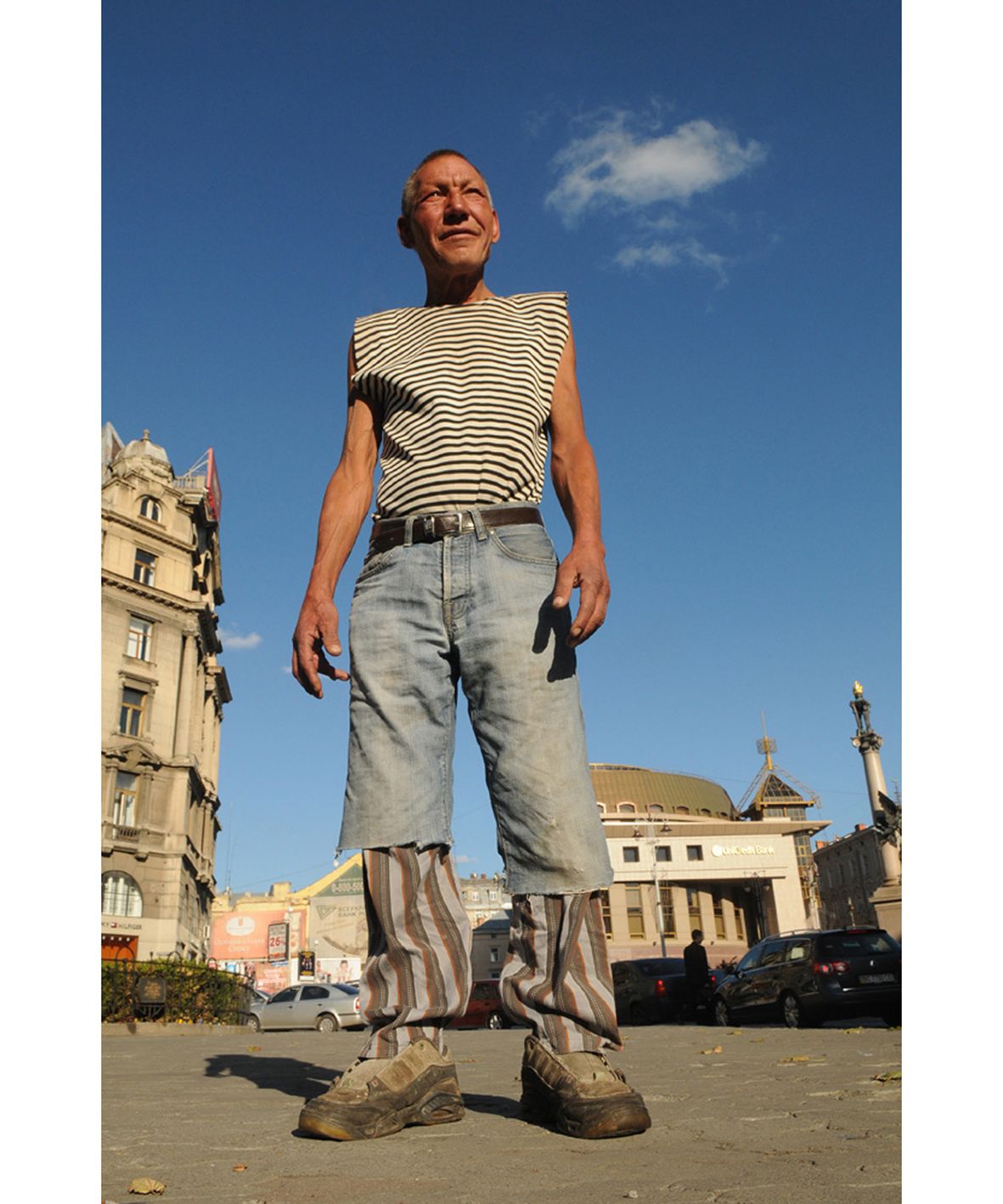
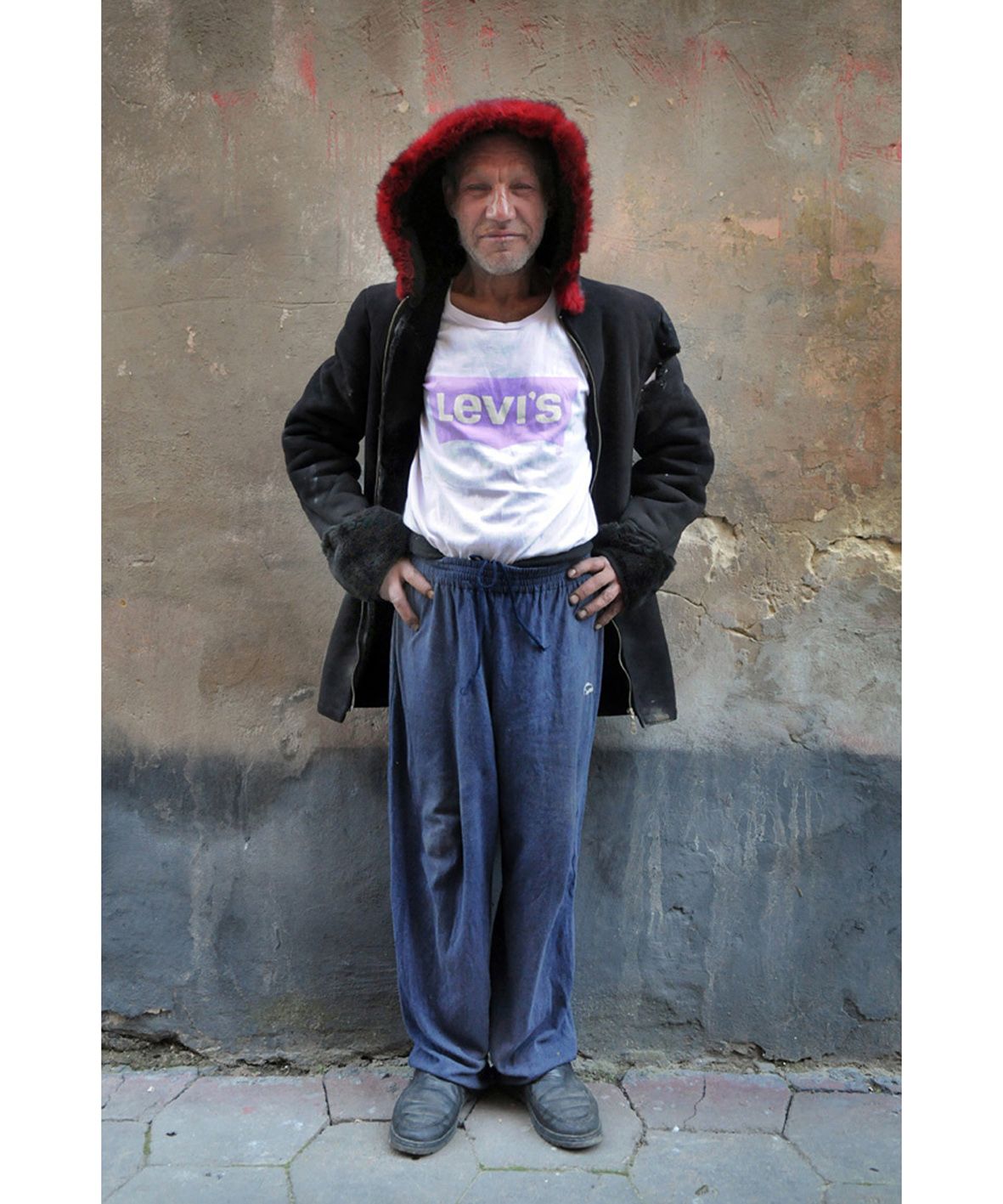

“At that time, I was still a rather naive young artist and believed that artists’ ideas could influence and change the world. Over time you realize that an artist’s philosophy or creative work doesn’t make it all better. An artist cannot influence the masses (which we fantasize about), they can only influence themselves and a small number of people. He often does this for the sake of his work, and sacrifices too much of his time, peace, health, and well-being.” Nevertheless, the story of the homeless man in Lviv is becoming more widely known. Slavik’s Fashion is a timeless story that, in Yurko’s words, lives its life without him. The photos are constantly published in various publications and social media sites, often without knowing the original creator behind the images. In this context, the project’s Facebook and Instagram pages were launched, where, in addition to thousands of followers of Slavik’s daily outfits, special creations are also posted.
Slavik has often responded to questions about clothes by saying that things are vanity and that you can find lots of things in the trash. “He always advised me to take care of my health and keep away from those who could ruin my peace of mind,” the photographer recalls. “Despite such indifferent responses, Slavik had a refined sense of beauty, style, and fashion. It was no accident that he changed his clothes every day, carefully adapting them to the weather and the season. I have tried to learn the story of his life, but it is difficult to construct any kind of chronology from the details I have uncovered. Although we don’t know his biography, it is certain that Slavik’s Fashion is a story like no other!” Indeed, the message of this unique project is not only about fashion and style, but also an amazing example of the ability to remain human, regardless of our life conditions, with all its courage and subtlety.
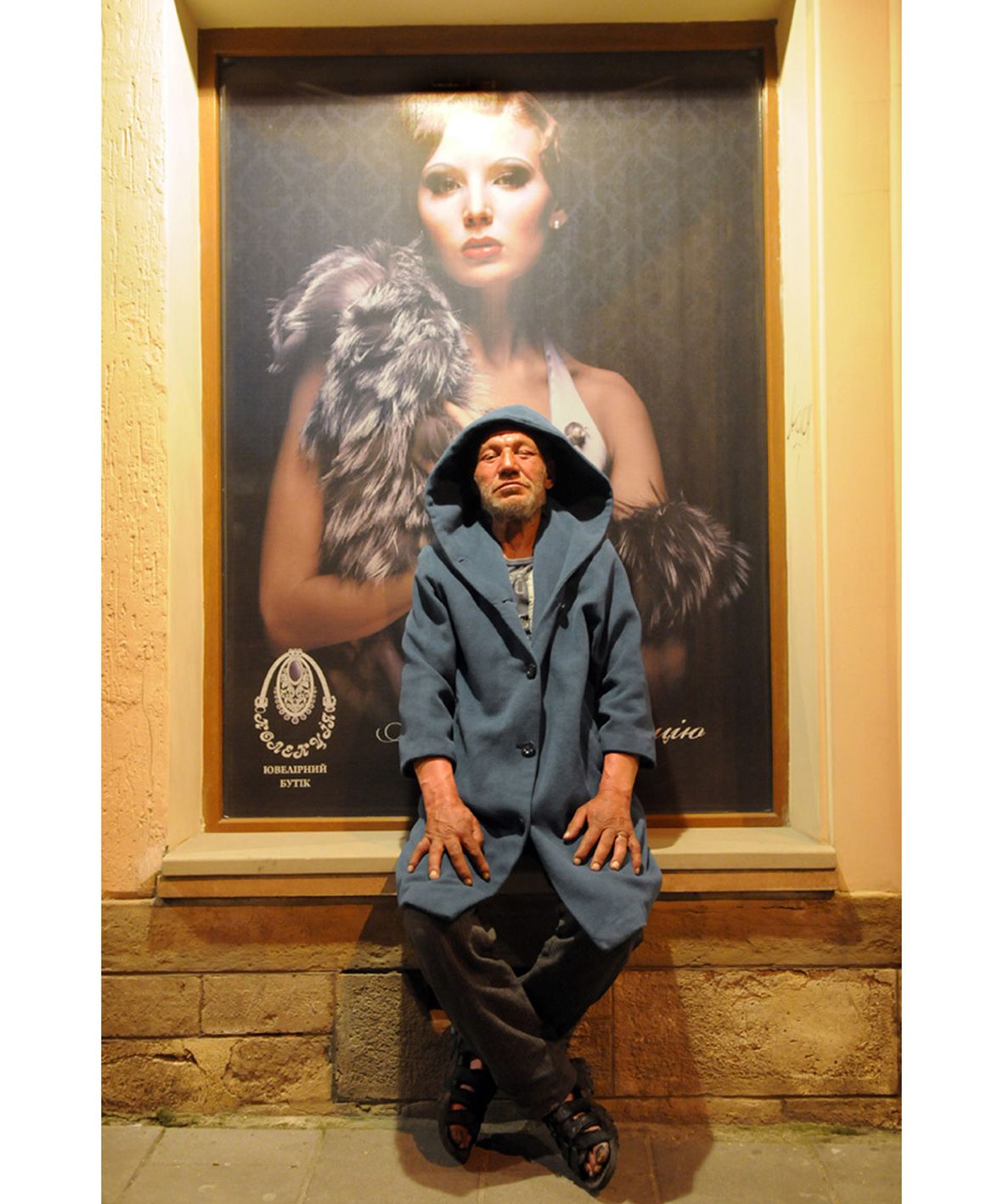
Slavik’s Fashion | Web | Facebook | Instagram
Yurko Dyachyshyn | Web | Instagram

Will we be cold next winter?
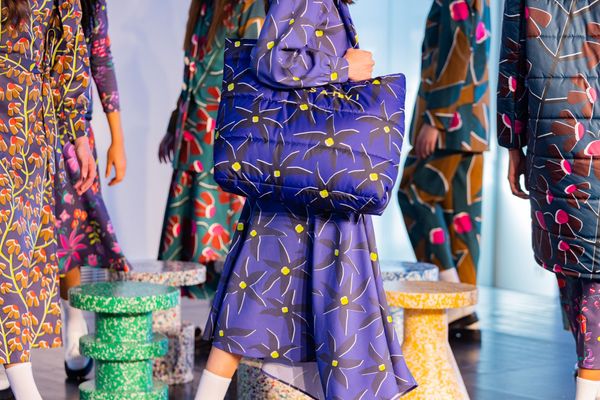
The 11th Budapest Central European Fashion Week kicked off with a new concept
